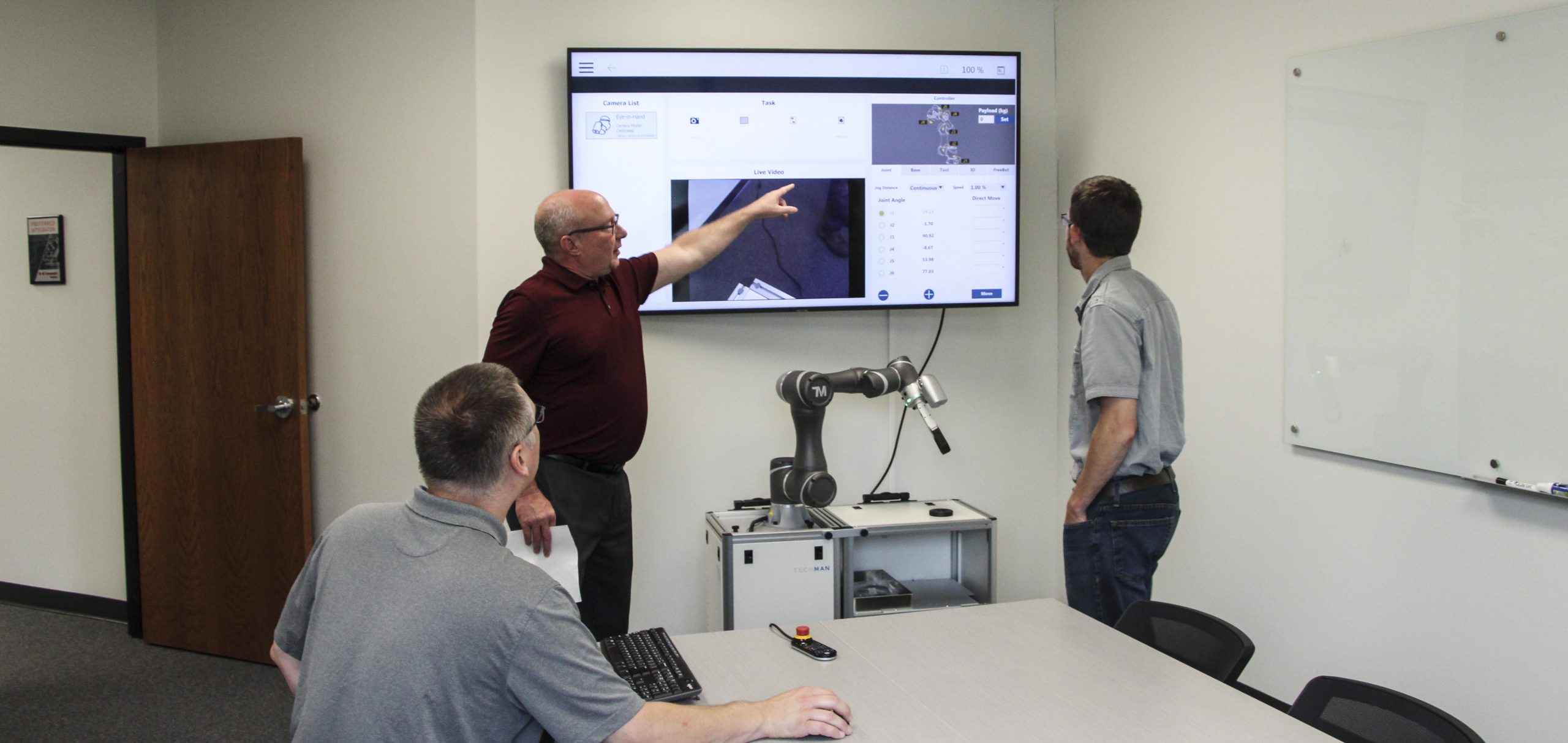Five Ways Proof-of-Concept Testing Prevents Costly Failures
Before any large investments are made in industrial automation projects, management will likely want a deeper understanding of the application, the equipment, the engineering design, the benefits and the automation ROI. One way to provide this critical information is to conduct a preliminary demonstration that verifies that the project will increase efficiency, productivity, safety and/or successfully provide any other anticipated outcomes. Proof-of-concept testing, or POC testing, is a sure-fire method for determining whether the automation will effectively perform the job it is expected to do and that it will provide a worthwhile return on investment.

By using proof-of-concept testing to confirm that the automation project will meet the desired business objectives, companies can mitigate risk and make informed decisions before embarking on their automation journey.
This blog will explain POC testing, define the key objectives of proof-of-concept testing and provide a better understanding of how testing automation in this way can help prevent costly failures.
Proof of Concept vs. Prototype
The first step in understanding how POC testing can help prevent failed automation projects is to understand that proof-of-concept testing and prototyping are two different practices.
An automation prototype demonstrates the functionality, design and capabilities of the prototype robot or equipment, but does not verify that it will meet the business objectives, provide the anticipated outcome or validate the automation ROI.
On the other hand, proof-of-concept testing validates the feasibility of the automation or robot project and demonstrates with a real-world example that the solution can be successfully implemented within the operation and will offer worthwhile benefits and a significant return on investment.
Proof-of-concept testing involves creating a small-scale version of the entire solution so that the project team can observe the functionality, performance and ability of the proposed automation system to determine whether it will fulfill the goals of the project and meet business objectives.
To accomplish this, a proof-of-concept test should be a thorough study that includes identification of the application, selection of the hardware and software, a small-scale configuration of the project and testing of the installation to ensure that it achieves the desired outcome. If challenges or limitations are revealed, further testing should be conducted to achieve the most efficient solution.
A reputable POC testing partner can assist with all the proof-of-concept steps and will provide validated and documented results that may be used to fully understand the feasibility of the project and validate the automation ROI.
Key Objectives of POC Testing
Proof-of-concept testing is a worthy endeavor as it helps to demonstrate that the automation project will function effectively and deliver the anticipated outcome.
For this reason, the key objectives of POC testing should include:
| Validation of technology | Testing automation in this way helps determine whether the solution effectively functions as intended, meets the specifications of the process and achieves the anticipated goals and objectives. |
| Integration assessment | Proof-of-concept testing provides an opportunity to examine the engineering design and whether it can be successfully integrated with existing systems, processes and workflows. |
| Performance evaluation | POC testing confirms that the selected equipment can provide the speed, accuracy, throughput capacity and other performance requirements of the automation project. |
| Obstacle identification | Thoroughly testing automation before implementation affords an opportunity to pinpoint challenges and limitations that may prevent the solution from being successful. Obstacles may include interference from infrastructure, integration issues, underperforming equipment or any problems that may prevent successful installation or performance. |
| Budget planning | Proof-of-concept testing can also be used to help develop a project budget and identify any unexpected expenses early in the process so that a more accurate automation ROI can be obtained. |
5 Ways POC Testing Prevents Costly Project Failures
By providing this type of assessment of the proposed automation project, POC testing prevents costly project failures by:
- Confirming capabilities: Proof-of-concept testing verifies that the automation solution will meet the specifications of the application, the way that the proposed equipment will perform within the operation, the impact the solution will have on existing processes and whether the project will address the business requirements. By proving this prior to investment and installation, project failure can be avoided.
- Identifying limitations: By identifying unexpected challenges and obstacles early in the project, POC testing enables engineers, management and other project team members to proactively address them so there are no costly surprises during installation or deployment.
- Planning budgets: By proving the solution and identifying limitations in the early stages, there are fewer unexpected costs, allowing for a more accurate budget and ROI, which can help avoid overspending during installation and deployment – one of the greatest causes of project failure.
- Mitigating risks: Testing automation via proof-of-concept testing provides real-life evidence that the chosen solution will operate as anticipated; provide the desired efficiency and throughput; perform well within the existing infrastructure, process and workflow; fulfill the business goals; and establish an accurate budget, which helps to mitigate business risks.
- Informing decision making: Thoroughly testing automation via POC testing provides deep, data-based insight into the project, revealing potential challenges and advantages, a more accurate budget and the expected return on investment so that management can make an informed decision as to whether it is a worthwhile project that will enhance the business and support its goals going forward.
Proof-of-concept testing helps management reduce uncertainty, evaluate the cost effectiveness of the automation solution and make informed decisions regarding automation projects and automation ROI, preventing costly failures by ensuring that the installation will provide the anticipated results and align with business goals and objectives now and in the future.
For information on proof-of-concept testing, please reach out to JHFOSTER, a Tavoron company, today.
